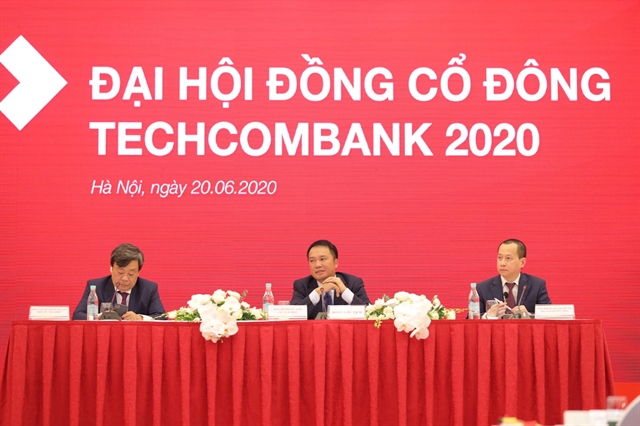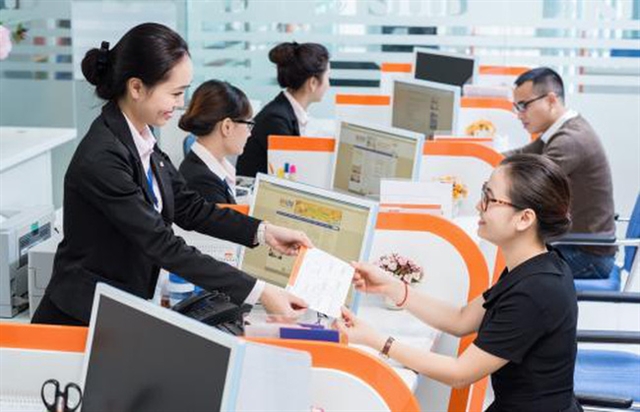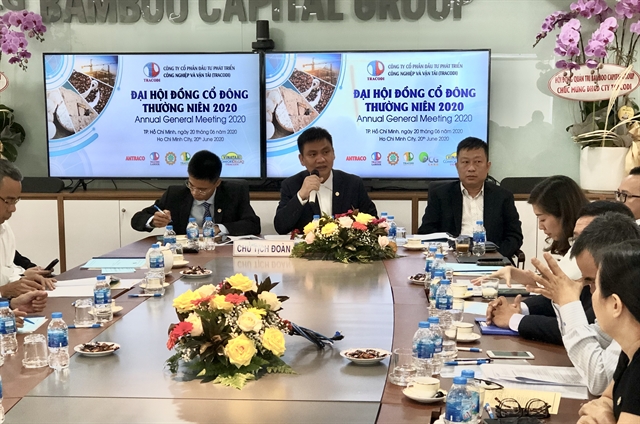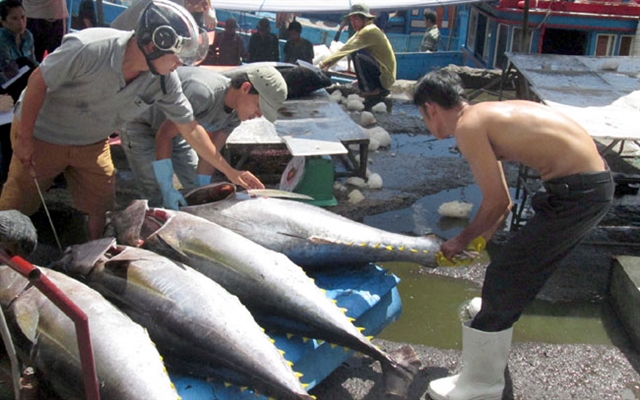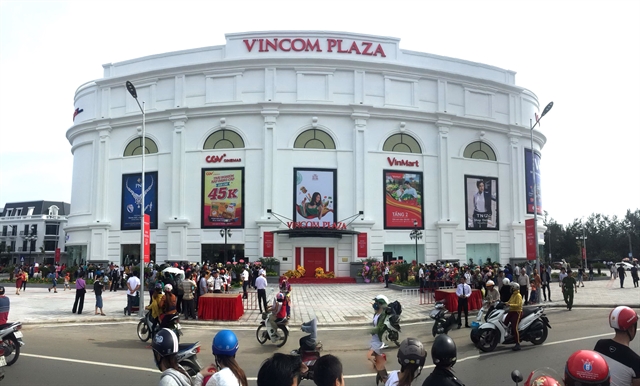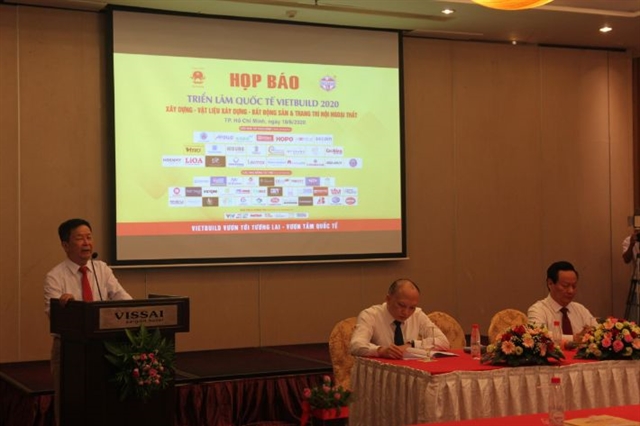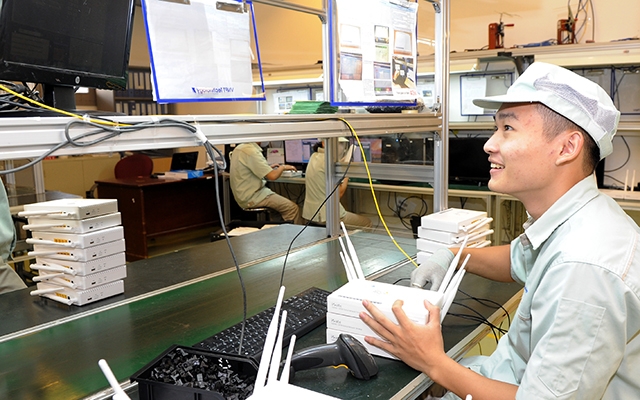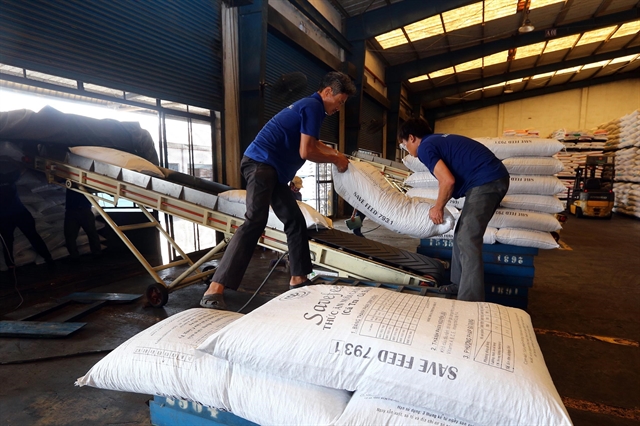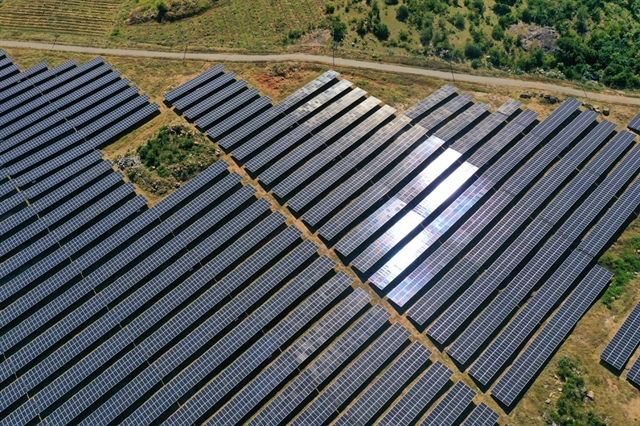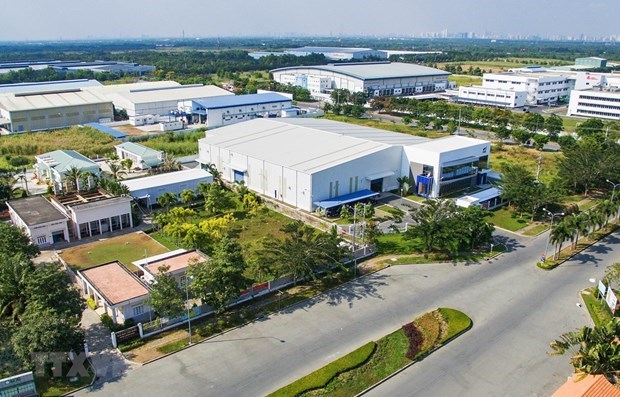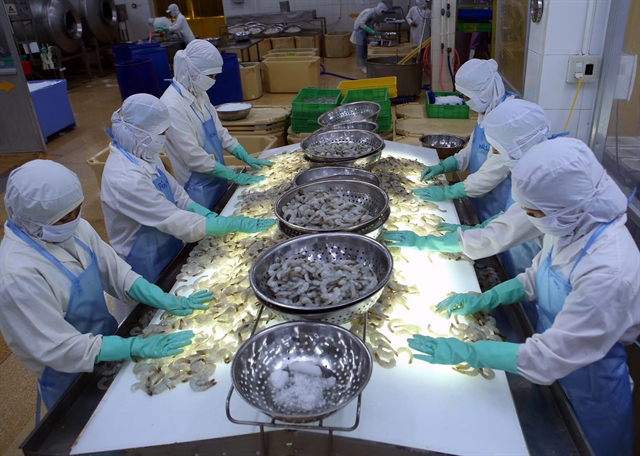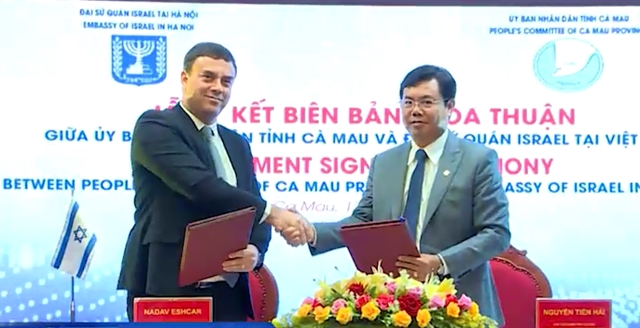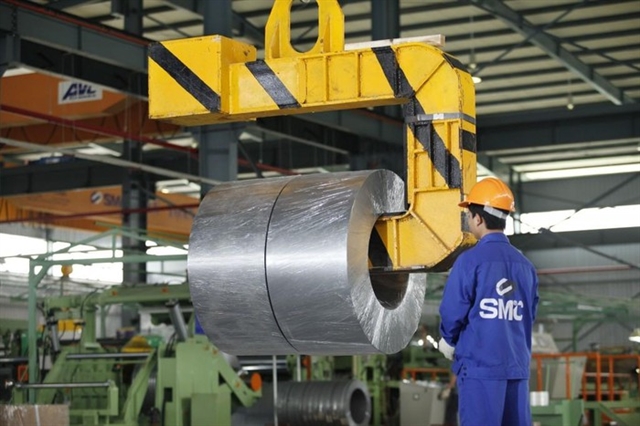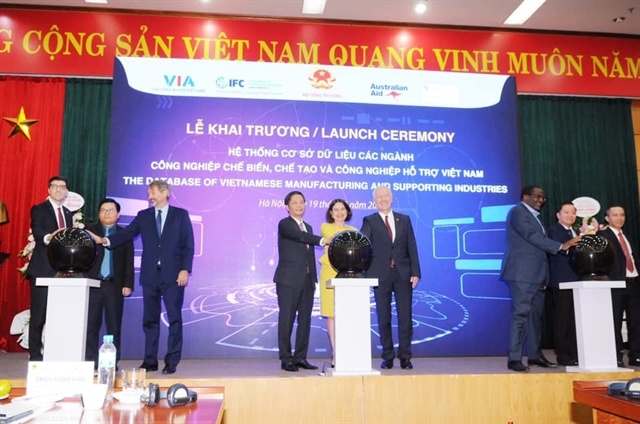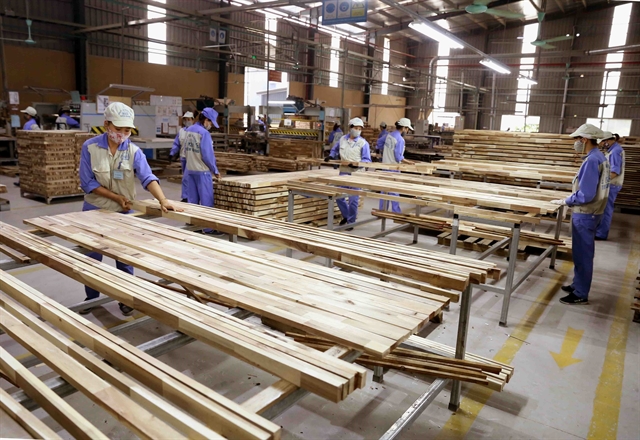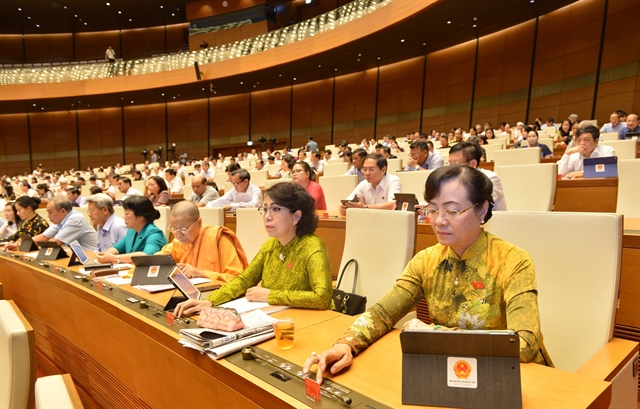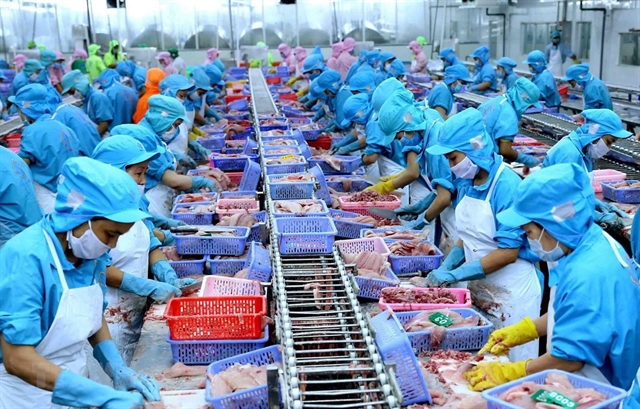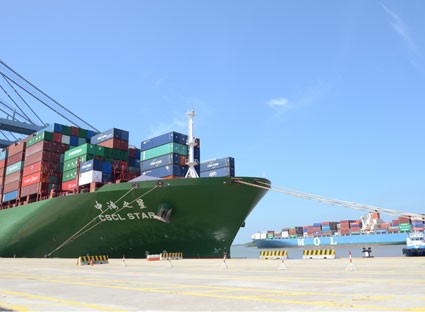
BÀ RỊA-VŨNG TÀU — Bà Rịa-Vũng Tàu Province authorities plan to spend VNĐ 20 trillion (US$850 million) from now through 2025 on infrastructure to achieve their goal of comprehensive development.
In recent years the coastal province has invested a lot in upgrading and expanding roads, ports and logistics.
As the southern gateway of the country, its ports play an important role, and so developing the port network and logistic centres remains a top priority for the province.
It has a master plan including 69 ports, of which 48 are operational with a capacity more than 141 million tonnes a year.
The total area of the specialised warehousing in the plan is 2,312ha, and the current availability is around 224ha.
Cái Mép-Thị Vải Port in Phú Mỹ Town is one of only 21 in the world that can handle ships of up to 200,000 tonnes.
However, the efficiency of port operations and port logistics services is not commensurate with the potential, and so competitiveness with other countries in the neighbourhood is not high.
Cái Mép-Thị Vải has great advantages in terms of having modern and advanced seaport facilities, modern equipment and rapid growth. But to further increase its competitiveness and attract more customers to it, authorities need to develop inter-regional road, rail, and river transportation from key economic areas in the region, experts said.
The Ministry of Transport will allocate funds to speed up the construction of the Biên Hoà-Vũng Tàu Highway to Đồng Nai Province in 2020 to improve transportation, Deputy Minister of Transport Nguyễn Văn Công said.
The province People’s Committee said this would reduce transportation time and make it more convenient for investors to reach neighbouring cities and provinces like HCM City, Bình Dương and Đồng Nai both by waterway and road.
Investment has also been made to upgrade intra-provincial transport between industrial zones, ports and logistics centres, it said, adding that upgrades to infrastructure and transportation would continue until 2025.
Bà Rịa-Vũng Tàu Province, one of eight provinces and cities in the Southern Key Economic Zone, has for many years been a magnet for foreign investors thanks to its natural advantages, well-developed infrastructure and attractive incentives.
Investors often invest in preferential sectors such as industry, ports and logistics, supporting industries, tourism, and high-tech agriculture.
To attract more investors, both local and foreign, province authorities have kept improving the investment climate by adopting policies and solutions to strengthen administration and competitiveness. VNS
